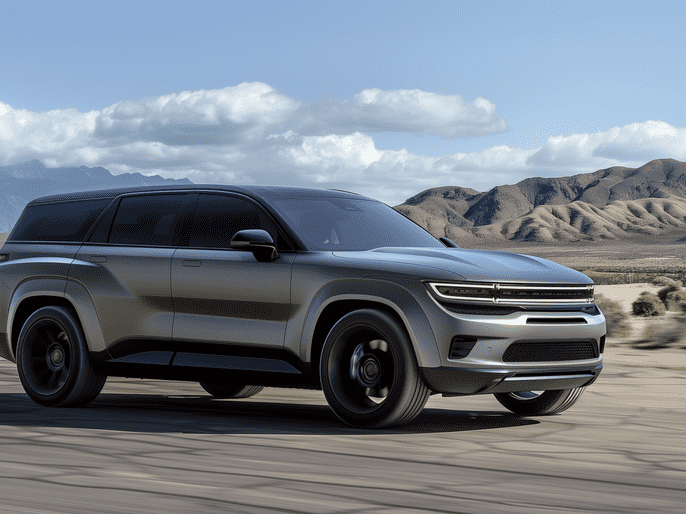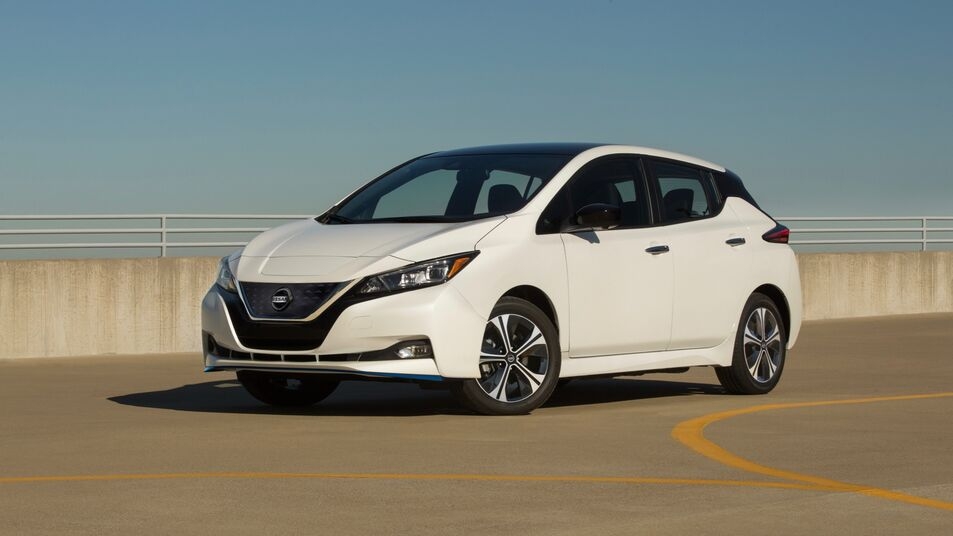There are two kinds of vehicles in 2025. The ones racing toward electrification — and the ones that just keep showing up, old-school, unapologetic, and built for people who don’t care what’s next. The 2026 Dodge Durango is very much the second kind. No new platform. No radical redesign. No hybrid badge tacked on the tailgate. It’s still standing — fifteen years into its life — on a platform that predates the iPhone 5.
And that’s exactly why it’s still here.
Because for a certain kind of buyer, that’s what they want. They don’t need 600 horsepower and they don’t want to hear about torque split ratios or energy recapture zones. They want something that tows. Something that rumbles. Something that fits a family of five with a trailer hitched out back and still feels like a machine, not a digital tablet on wheels. That’s the Durango’s space — and for now, nobody else is really in it.
So here’s everything we know about the 2026 Durango — what’s new, what’s staying the same, and what it means for buyers who aren’t quite ready to let go of the V8 era.
Fifteen Years Later: What Platform Is It Still Riding On?
Let’s get this part out of the way: the 2026 Dodge Durango is still based on the WK2 platform, the same architecture that underpinned the Jeep Grand Cherokee from 2011 through 2021. That means it’s built on bones that were designed back when the Dodge Dart was still new and Fiat hadn’t even taken full control of Chrysler yet.
But here’s the crazy part: it doesn’t matter. Because the WK2 platform has proven itself, again and again. It’s sturdy, it’s rear-drive-based, and it can tow. It gives the Durango something almost no other midsize crossover offers today — actual utility. While rivals moved to lighter, FWD-based unibodies, the Durango stayed heavy, rear-biased, and capable of hauling 8,700 pounds in the right configuration.
So no, the Durango isn’t built on the latest Stellantis EV-ready modular setup. It’s not designed to save weight or squeeze out MPGs. It’s built to work. And that’s what’s keeping it alive.
What’s New for 2026?
Let’s be clear: this is not a full redesign. There is no new chassis, no all-new engine, no wild reimagining of the badge. What we’re getting instead is a final stretch evolution — think refreshed trim packages, small tech updates, and strategic repositioning to keep the Durango relevant for buyers who still want it.
Updated Exterior Tweaks
Expect mild visual updates — a sharper grille, new LED lighting signatures, some tweaks to the bumper, and a handful of new wheel options. Dodge will likely add a new blackout package or appearance trim to freshen the lineup, but don’t expect anything that radically changes the body. The sheet metal is mostly staying put.
The Durango’s stance, however — long, low, and planted — still gives it a presence few other three-row SUVs can match. It’s not curvy or futuristic. It’s squared-off, broad-shouldered, and looks more like a lifted muscle car than a family hauler. And that’s part of the appeal.
Interior Updates and Tech
The interior layout remains familiar, but Dodge has slowly improved the material quality and infotainment over the years. In the 2026 model, you’ll find Uconnect 5 on an optional 10.1-inch screen, wireless Apple CarPlay and Android Auto, and a cleaner layout with more soft-touch trim across higher trims. The analog gauge cluster may finally disappear, replaced by a fully digital instrument panel in upper trims — but don’t count on it across the lineup.
Expect more standard safety tech as well. Features like adaptive cruise control, blind-spot monitoring, rear cross-path detection, and lane keeping assist will likely be included lower in the range than before — partly to meet modern expectations, partly to justify the price as newer EV and hybrid competitors ramp up their value game.
But for the most part? The Durango’s cabin is still big, still solid, and still familiar. The second row is roomy, the third row is adult-usable, and the storage capacity puts many rivals to shame. It’s not minimalist or flashy, and that’s the point.
Powertrains in 2026: V8 or Hurricane?
This is the big question: how much longer does the HEMI stay alive?
Right now, Dodge is phasing out the 5.7-liter and 6.4-liter HEMI V8s across the lineup in favor of Stellantis’ new Hurricane twin-turbo 3.0L inline-six. The Hurricane delivers more power and torque than the outgoing 5.7, with better emissions and fuel economy — on paper, it’s the smarter engine.
The 2026 Durango may finally see this powertrain added as a mid-tier or top-tier option, replacing the 5.7 HEMI in some trims. But as of now, Dodge hasn’t confirmed full V8 retirement for the Durango.
So it’s possible — maybe even likely — that the 5.7L HEMI stays in 2026, at least in R/T and Citadel trims, while the SRT 392 soldiers on with the 6.4L V8 as a limited-edition or carryover performance model.
The 3.6L Pentastar V6 remains the base engine — familiar, unglamorous, but proven. It’s paired to an 8-speed automatic transmission and is RWD standard with AWD available.
Durango SRT: The Last V8 Muscle SUV?
The Durango SRT 392 might be one of the last of its kind. It’s a three-row SUV that runs 0–60 in 4.4 seconds, packs a naturally aspirated V8, and tows like a truck. It rumbles, roars, and feels like a Charger on stilts. No hybrid. No fake engine noise. Just raw displacement.
In 2026, Dodge might offer a Final Edition version of the SRT, similar to what they’ve done with the Charger and Challenger. Expect special badges, unique wheels, bold colors, and limited availability. This could be your last chance to buy a V8 SUV under $75,000 before the entire market moves on.
If Dodge kills the SRT after this year — and all signs say they eventually will — it will mark the end of the last mainstream V8-powered family SUV in the U.S. market.
Pricing and Positioning
Expect base pricing to start around $41,000 for the SXT trim with the V6, rising to around $53,000 for R/T HEMI trims and over $75,000 for fully-loaded SRT models. That puts the Durango right in the mix with the Grand Cherokee L, Ford Explorer ST, and Toyota Grand Highlander — but with more towing, more attitude, and arguably more old-school SUV feel than all of them.
The main difference? The Durango doesn’t pretend to be modern. It just is what it is.
What We Think
The 2026 Durango shouldn’t exist. But we’re glad it does.
Every trend in the auto industry says this SUV should have been killed off by now. It’s heavy. It’s old. It’s not electrified. It’s built on a platform that’s been recycled more times than a plastic water bottle. And yet here it is — still selling, still working, and still delivering something you just can’t get anywhere else.
If you want a quiet, hybrid-efficient, tech-loaded three-row SUV that talks to your phone and steers itself in traffic? This isn’t it. But if you want a full-sized SUV with muscle car roots, real towing chops, and enough road presence to make people look twice — this is your last chance.
The Durango doesn’t care about the future. It’s still living in the now. And until Dodge pulls the plug, it’s going to keep showing up — V8 rumble and all.
Want more real-world previews, no-hype SUV rankings, and deep-dive model analysis? Stick with BidForAutos.com — where we tell it like it drives.







